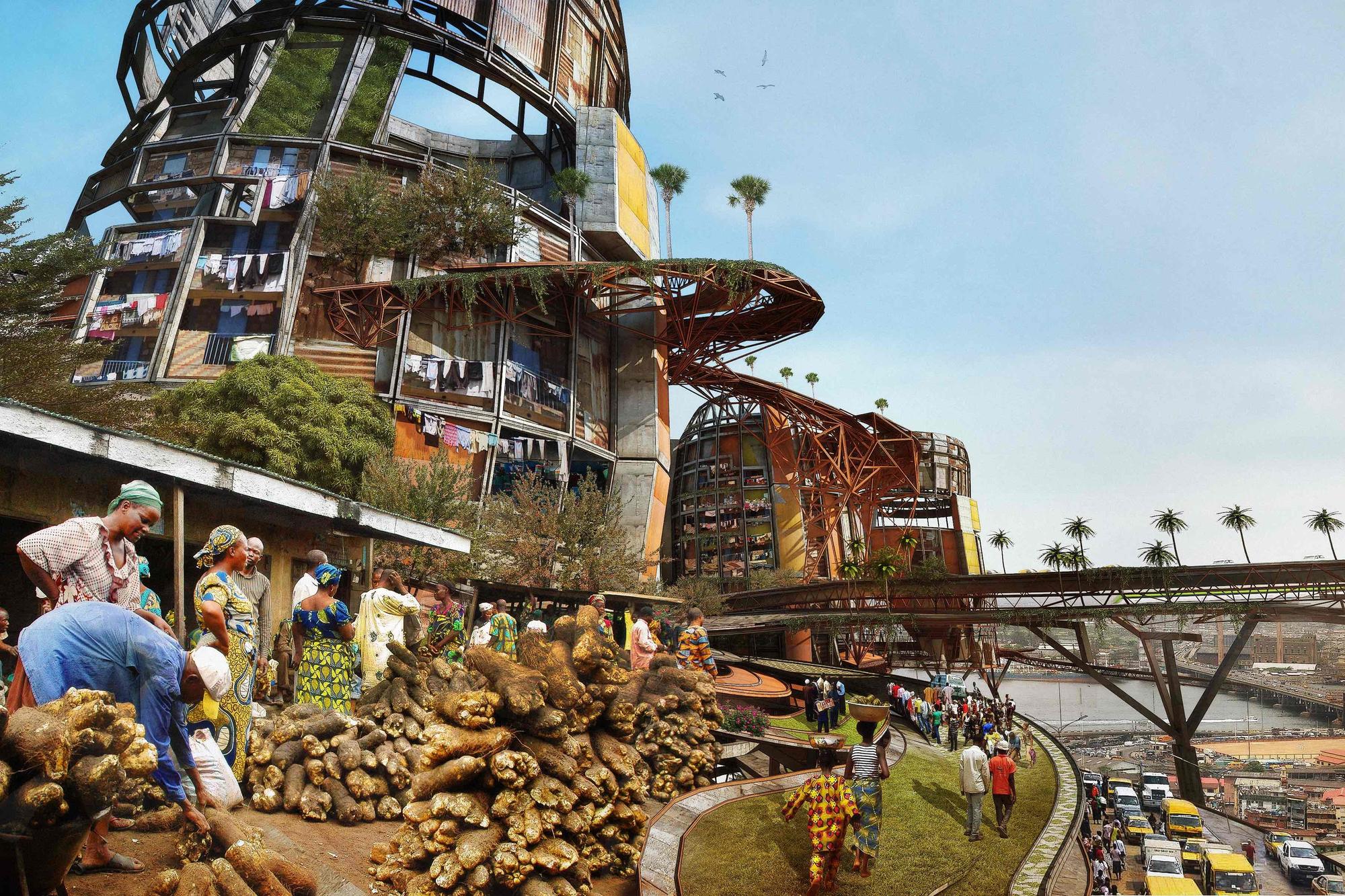When I visited Tanzania a few summers ago, I was struck by how homogenous the art being sold was. At every market stall and adorning the walls of ‘art galleries’, you saw the same kind of wood-carved animals, paintings of tribespeople and baobab trees, and colourfully printed cloths. I recall thinking that the artists who mass-produced these paintings were clearly talented, and the realisation that they would always produce the same picture because of tourist demands saddened me somewhat. Only after we spoke about native art and the limitations that artists have in evolving was I able to put my thoughts into words. Not only does consumerism dictate the supply of art coming from a certain group, but it also causes outsiders to view said group in a particular and unchanging way. This self-perpetuating cycle means that groups such as the first nations communities of Canada remain stuck in the past, where evolving would inadvertently lead to economic disadvantage.
In Riding the Trail of Tears, the TREPP represents a synthesis between past and present: the history of the Cherokee people is combined with a futuristic virtual reality program. Although this synthesis is severely misguided in the case of the novel and ends badly, the importance of using art and new media as a way of processing the past and traumatic experiences therein remains. After our lecture on Hausman, I coincidentally stumbled upon an article in i-d magazine about Afrofuturism, a movement that had been unknown to me before that point. According to this article, Afrofuturism “is multicultural, transhistorical, and concerns itself with the past, present, and future effects of the African and black diaspora”. It is “about imagining different spaces of creative thought that don’t put your identity in a box”. Works of ‘afrofuturist’ art include “virtual-reality renderings of futuristic African metroplexes” and “replacing figures in classical works … with people of color”. What this movement highlights is the need to transcend history and allow misrepresented groups to evolve their art and culture.

https://i-d.vice.com/en_us/article/why-afrofuturism-is-the-art-movement-we-need-in-2017
